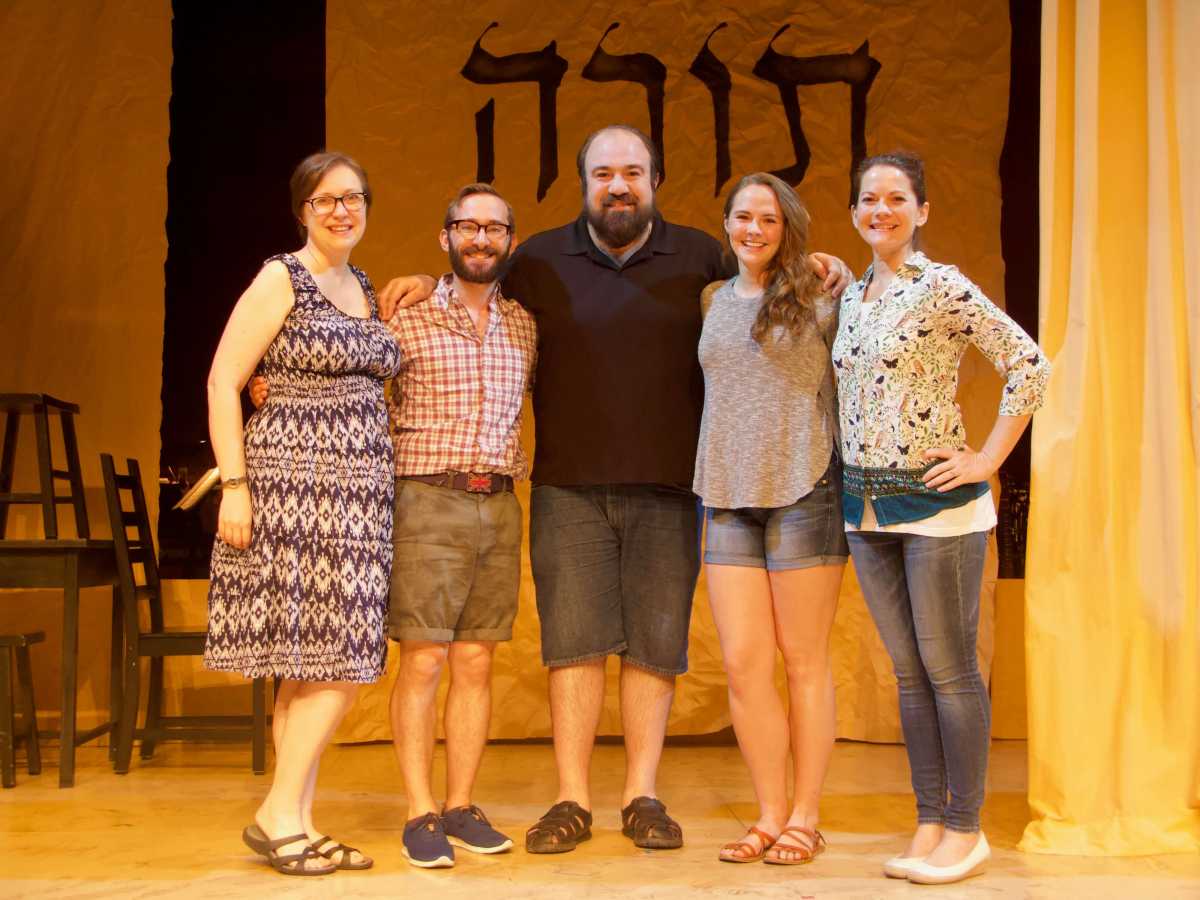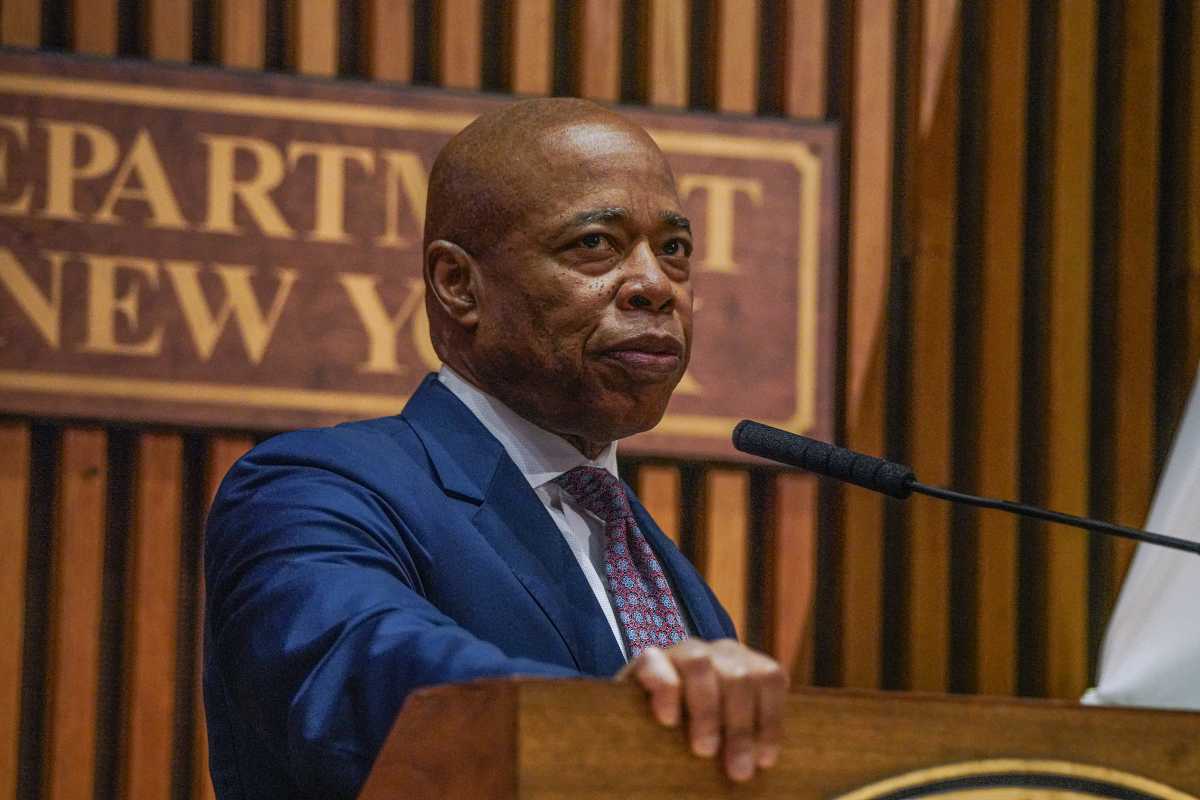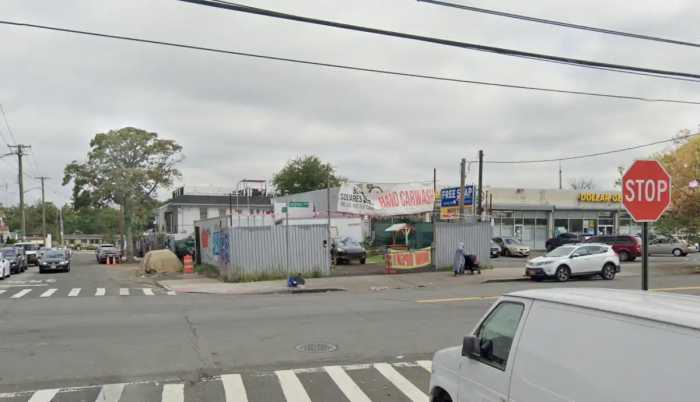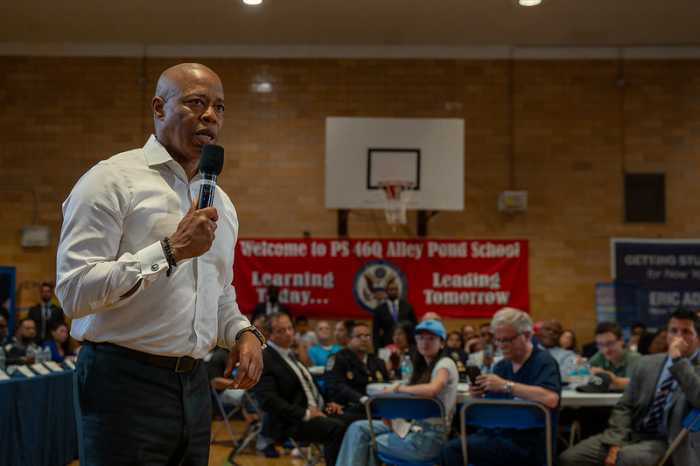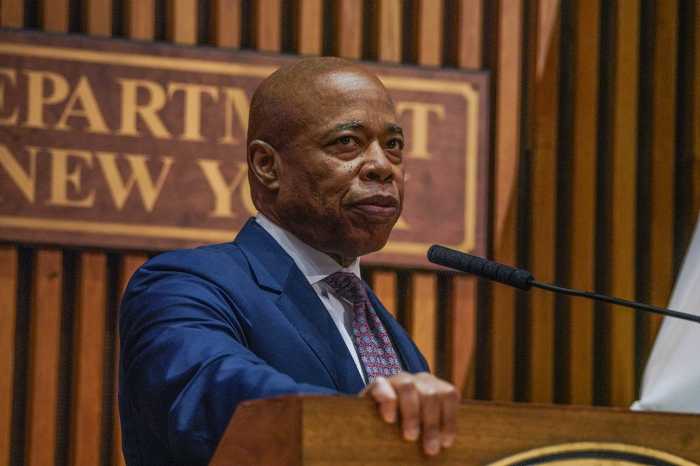Four actors and a stage manager from Queens are part of a cast and crew who are bringing a unique twist to the beloved play “Fiddler on the Roof.”
From now until Sept. 2, the National Yiddish Theater Folksbiene at Museum of the Jewish Heritage in Manhattan is playing host to America’s first-ever production of “Fiddler on the Roof” or “Fidler Afn Dakh” in Yiddish since the first time it was done 50 years ago in Israel.
Academy Award-winning actor Joel Grey is the director of the off-Broadway play, which was translated into Yiddish by Israeli actor/director Shraga Friedman in 1965.
Production stage manager Kat West and actors Jennifer Babiak, (Bobe Tsaytl; U/S Golde) Ben Liebert, (Motl Kamzoyl) Adam B. Shapiro, (Der Rov/Ensemble; U/S Tevye and Leyzer-Volf) and Kayleen Seidl (Ensemble; U/S Tsaytl, Hodl and Khave) are the Astoria residents involved in this limited engagement. Though none of the five are native Yiddish speakers, performing “Fiddler on the Roof” in the language that the characters in the play would have traditionally spoken makes sense to them.
“It’s been an honor to be a part of this cast,” Babiak said. “It’s such a beautiful show and tells the story of people being pushed out of their homes.”
The actress adds that the fact that they can see the Statue of Liberty from the museum reminds them “what our country is about.”
“There’s so much focus on the issue of immigration now with people being forced out of their homes,” Shapiro said. “‘Fiddler on the Roof’ addresses that,” he added, speaking to the relevance of the show in today’s world.
Whittling down the cast to just 26 actors was a particularly long process. West said that 800 people auditioned for “Fiddler” when they were holding auditions — the largest audition group ever hosted at the Folksbiene.
“We had to add audition dates just so we could see everyone,” the stage manager said.
Following the audition process, West said that the actors went through a process to learn dialogue and songs in Yiddish. First, they learned the play’s words in English in order to understand the story and react appropriately to the dialogue. After they had memorized the English, the actors were taught the songs and dialogue in Yiddish. West shared that she thought some of the songs, including “Sunrise, Sunset” were “especially moving” in Yiddish.
Many of the actors had experience performing in other languages, but Yiddish was new to the majority of them. Liebert talked about his experience performing “Grease” in Germany over a decade ago and how when he performed the songs, there was “not as much emphasis on accuracy and intelligibility.” But this experience is different.
“Performing in Yiddish makes the play somehow deeper, somehow more profound and authentic,” Liebert said.
The group said that the response they received from theatergoers has been overwhelmingly positive from those who speak and understand Yiddish, but also from those who are unfamiliar with the language.
“All the feedback has been so positive,” Seidl said. “My husband doesn’t speak Yiddish and he just got swept up in it.”
“The night of the first preview, we got a huge response after the opening number,” Shapiro said. “We looked at each other and said ‘wow!'”
He, West and the other actors added that knowing the language was not necessary to enjoy the show. Supertitles in Russian and English are projected for all who come to see the show. But for those who do understand Yiddish, the experience is that much more special.
The cast said that audience members came up to them after the show and shared that the language in the play was how their parents and grandparents spoke to them.
“I was speaking to a gentleman who was moved to tears. He said he felt like he was watching his ancestors,” Babiak said.
Those interested in seeing “Fiddler on the Roof” in Yiddish can visit NYTF.org for tickets and more information.

